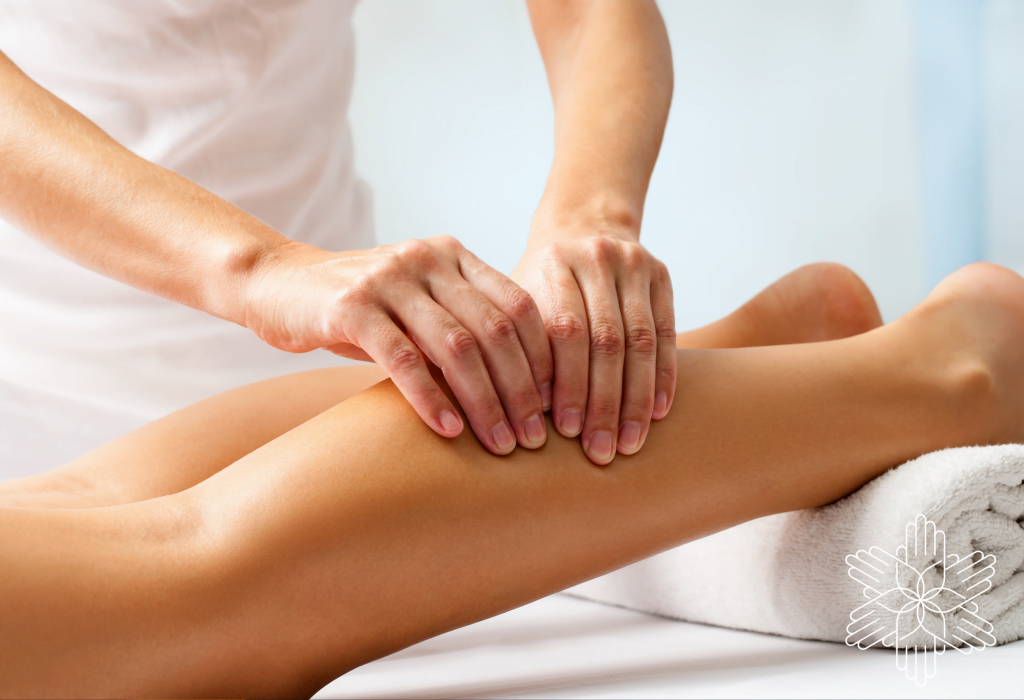With all this glorious weather we are enjoying in Bristol, and all over the UK for that matter, many of us are heading outside on sunny bikes rides, or enjoying long runs or walks as we soak up the sunshine. However, with this increased activity comes some little aches and pains; muscle tension from cycles, shin splints from running etc.
Here are Relax & Be, we are here to help!
Massage can be a beneficial technique for preventing and alleviating shin splints and reducing tension related to cycling. Here’s how it can help:
- Increased blood circulation: Massage helps improve blood flow to the muscles and tissues, which can enhance their overall health and flexibility. By increasing blood circulation, massage promotes the delivery of oxygen and nutrients to the affected areas, aiding in the healing process and reducing inflammation associated with shin splints.
- Muscle relaxation: Shin splints often result from overuse or excessive stress placed on the lower leg muscles. Massage techniques like effleurage (long, sweeping strokes) and petrissage (kneading and squeezing motions) can help relax and loosen tight muscles, reducing muscle tension and discomfort.
- Improved flexibility: Cycling can lead to tightness in the muscles of the legs such as the quads and glutes, along with the calf muscles which can contribute to shin splints. Massage techniques such as stretching, myofascial release, and deep tissue massage can help improve muscle flexibility, increase range of motion, and reduce the risk of injury.
- Pain relief: Shin splints can be accompanied by pain and discomfort. Massage can stimulate the release of endorphins, which are natural pain-relieving chemicals produced by the body. This can help alleviate pain associated with shin splints and provide a sense of relaxation and well-being.
When receiving a massage for shin splints or cycling-related tension, it’s essential to communicate with your massage therapist about your specific concerns and symptoms. Our therapists will tailor your treatment to suit your needs.
Additionally, it’s crucial to combine massage with other preventive measures, such as proper warm-up and cool-down exercises, stretching, adequate rest, and gradual increases in training intensity to prevent the recurrence of shin splints or tension.
Ready to book in with one of our expert therapists for an at-home massage in Bristol?
